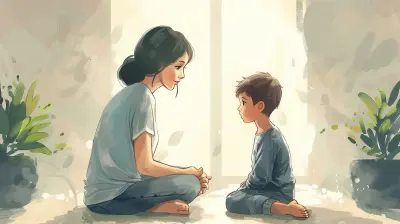Simple Ways to Encourage Your Child's Creativity
22 October 2025
Let’s be honest—parenting is a wild ride. Some days you're a personal chef (mac and cheese, again?), other days, a referee. But one of the most beautiful hats we get to wear as parents is being the curator of our child’s creativity museum. Sounds fancy? Don’t worry, you don’t need a beret and an art degree to pull this off.
Creativity isn’t just about painting rainbows or making sock puppets (though, those are super fun!). Creativity is problem-solving, storytelling, building, unbuilding, and rebuilding. It’s confidence with glitter on top.
In this article, we’re diving headfirst into the paint bucket—figuratively, of course—to look at simple ways to encourage your child’s creativity without turning your living room into a chaotic art studio (unless that’s your thing).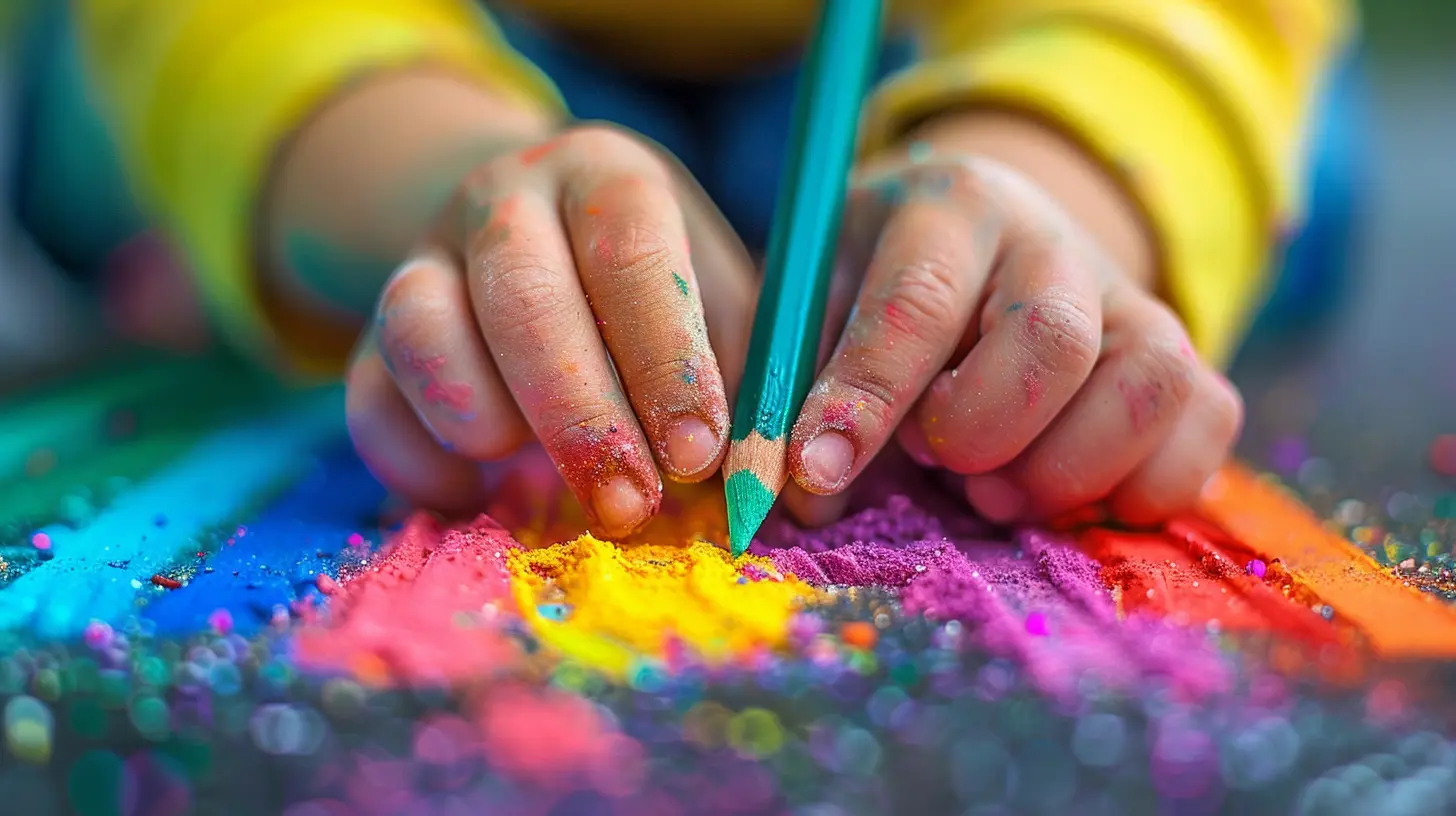
🎨 Why Creativity Matters (A Lot More Than You Think)
Before we jump into the how, let’s chat about the why. Creativity fuels imagination, builds self-esteem, and helps kids navigate the world in their own unique way. It improves cognitive development, social-emotional skills, and teaches kids to think outside the box.In a world stuffed with schedules, grades, and screen-time battles, nurturing creativity gives your child the freedom to just be... a kid.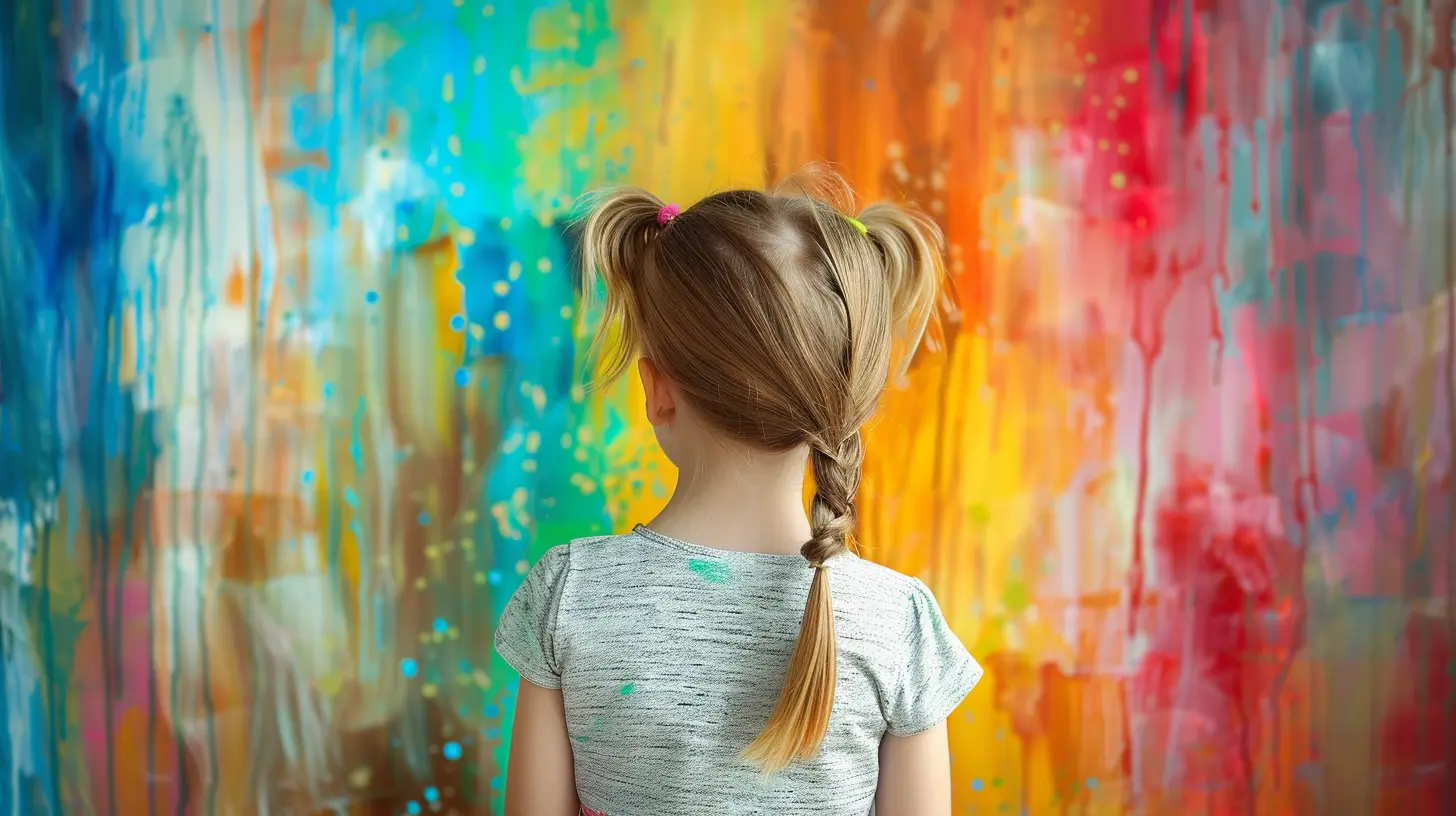
👀 Watch, Don’t Boss: Give Them Space
As parents, we sometimes hover. (Guilty as charged.) But hovering over every crayon stroke or LEGO masterpiece can stifle that free-flowing creative juice.Instead, try this revolutionary new parenting technique: sit down and hush.
Let your child take the lead. Give them the tools—paper, markers, building blocks, or a cardboard box—and then watch the magic happen. Resist the urge to "correct" or "improve." If they color the sky purple and the grass orange, let it go. Picasso didn’t exactly follow the rules.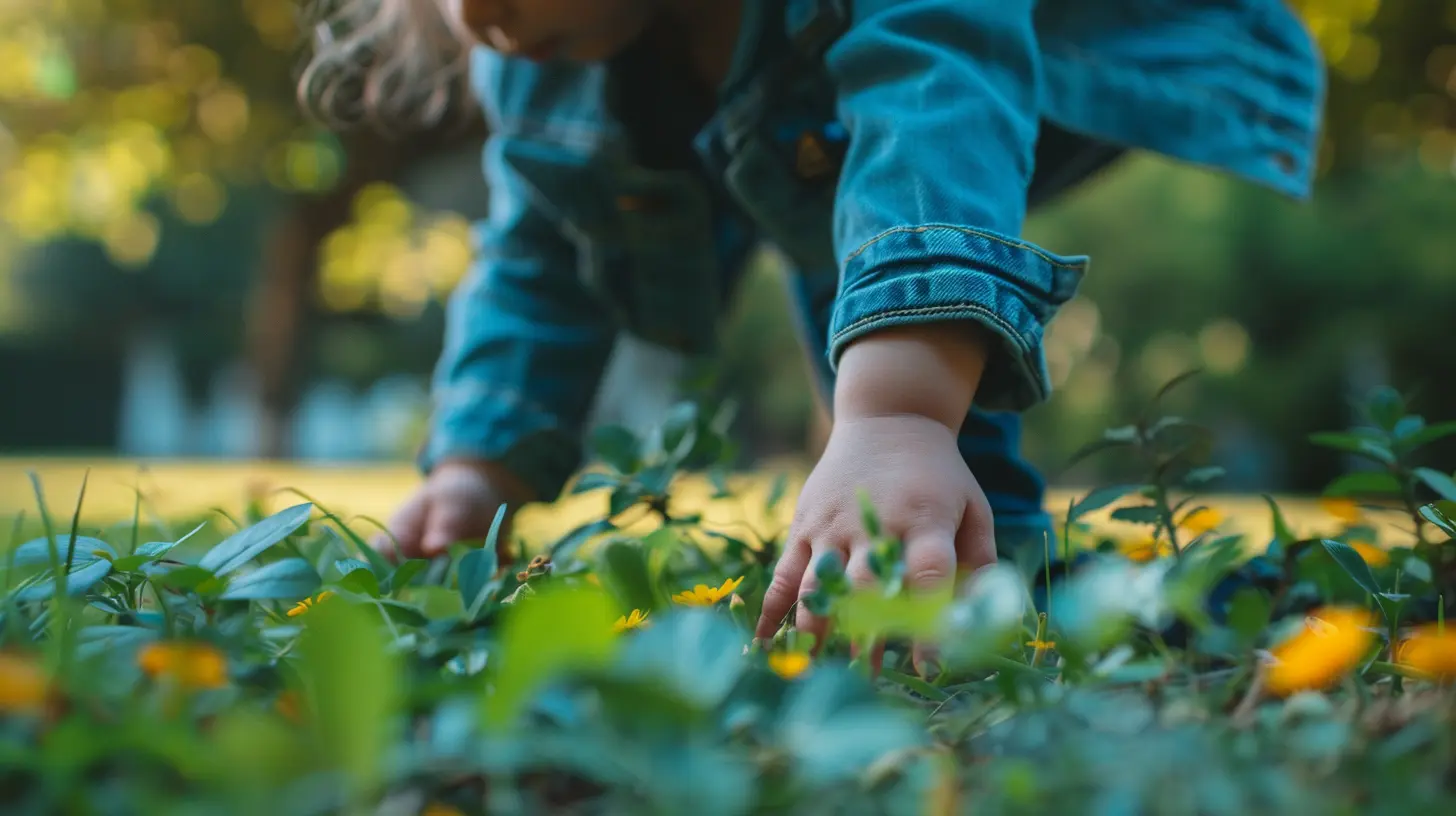
🧠 Ditch “Right” and “Wrong” Thinking
Kids are natural-born creators. But somewhere along the way, they learn the dreaded words "That’s wrong."Let’s remove that from our parenting lingo, shall we?
Creativity thrives in a judgment-free zone. So instead of asking, “What is that?” try “Tell me about it!” You might be looking at a blob of playdough with wings, but your child sees a dragon that delivers pizza. Who’s really winning here?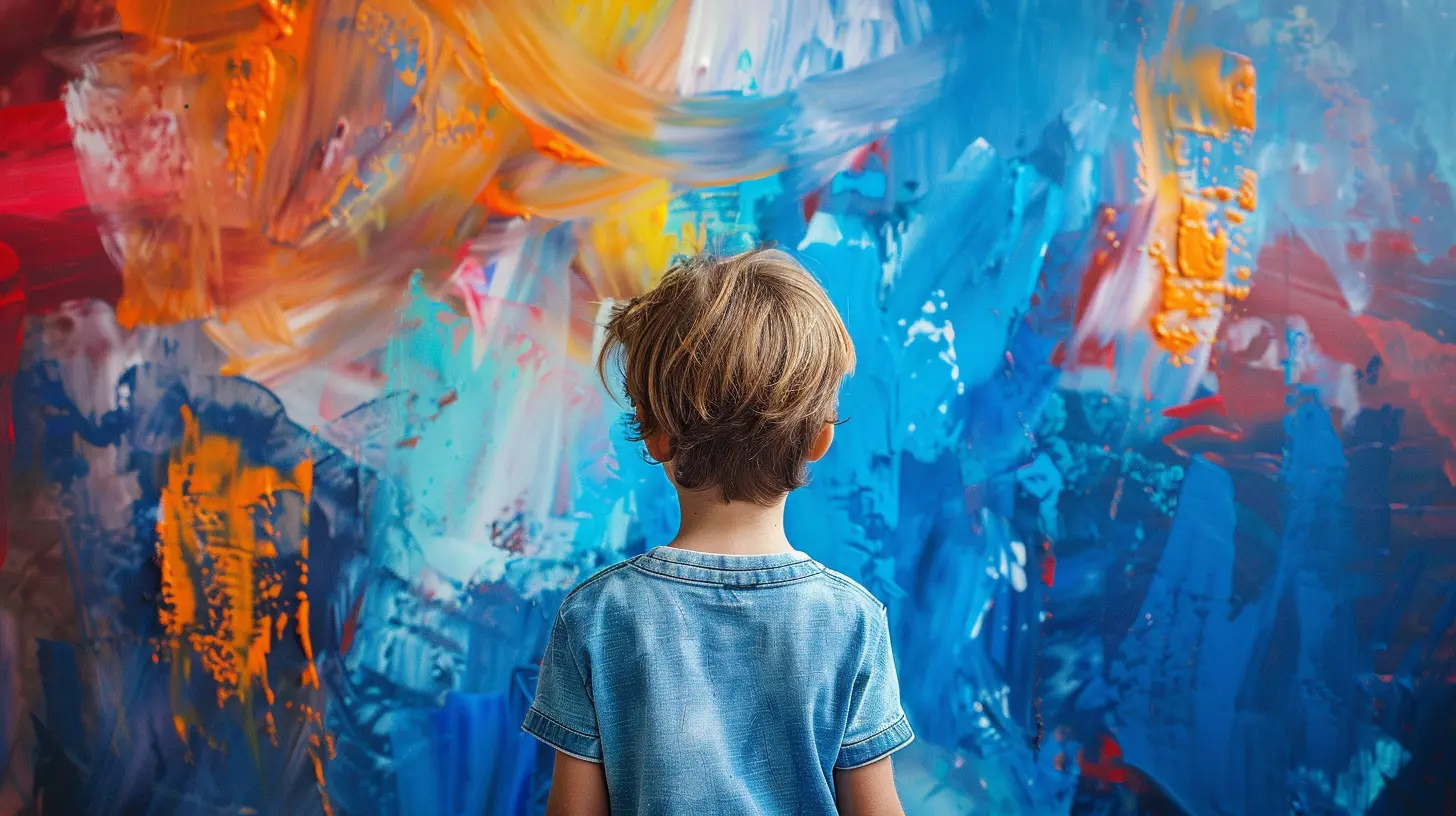
📚 Read, Read, and Then Read Some More
Want to supercharge your child’s imagination? Books are like rocket fuel for the brain.From magical lands to talking animals, stories open up worlds they haven't even dreamed of. Make reading part of your daily routine—before bed, during snack time, or whenever the Wi-Fi’s acting up (blessing in disguise?).
Don’t forget to read together – funny voices, sound effects, dramatic pauses. Go full Shakespeare. Not only are you building memories, but you’re also modeling how fun creativity can be.
Bonus tip: Encourage your child to “finish” stories or make up their own endings. Ever wondered what happened to Little Red Riding Hood after she outwitted the wolf? Ask your kid.
🖌️ Celebrate the Process, Not the Product
It’s not about the perfect painting or the cleanest handwriting. Creativity lives in the messy middle—the spilled glue, the tangled yarn, the half-built spaceship.Instead of saying, "That’s beautiful," say, "You must’ve worked really hard on that!" or "I love how you used all those colors!" Focus on the effort, the joy, the journey.
Because let’s face it: most of those macaroni crafts will mysteriously disappear into the recycling bin one day. But your child will remember how proud they felt making them.
🎲 Keep It Playful
Here’s a secret creative parenting hack: play is creativity's favorite playground.Encourage pretend play. Set up a veterinary clinic with stuffed animals, a mini grocery store with canned goods, or a pirate ship using the living room couch and a mop.
You can even join in. (Just be prepared to take orders from a 4-year-old CEO who goes by “Captain Rainbow Sparkles.”)
The sillier, the better.
👂 Listen Like They’re Making a TED Talk
Want to build your kid’s creative confidence? Just. Listen.When your child shares an idea, invention, or story, give them your full attention. Nod, ask questions, be invested like they’re pitching an idea to a panel of investors on Shark Tank.
It shows that their ideas matter, and yeah—it builds confidence faster than you can say “glitter explosion.”
🧩 Provide Open-Ended Materials
Spoiler alert: kids don’t need expensive toys to be creative. In fact, the simpler, the better.Here are some kid-tested, imagination-approved materials:
- Blank paper and crayons (forget the coloring books!)
- Empty cardboard boxes (endless possibilities!)
- Fabric scraps and buttons
- Sticks, stones, and pinecones from the backyard
- Playdough (the MVP of tactile exploration)
These kinds of materials don’t tell your child what to do. They whisper, “Create me into something amazing!”
⏳ Fight the Schedule Monster
We get it. Kids today are BUSY. Between school, soccer, piano lessons, and ninja ballet (yes, it exists), there’s hardly time to breathe.But creativity needs breathing room. It’s like sourdough—let it rest and rise.
Try to carve out some unstructured time in your child’s day. Even 15–30 minutes of “go do whatever” time can lead to amazing things (and occasionally a small mess).
Trust me, a little boredom is actually golden. That’s when the imagination kicks in. Suddenly, the laundry basket becomes a race car, and the cat... is the co-pilot.
🌍 Nature: The OG Creator
If you're ever running low on creative juice, head outside. Nature is the original Pinterest board.From cloud-watching to collecting weird rocks (they’re all “special,” apparently), the great outdoors sparks curiosity like nothing else. Grass stains are basically badges of honor.
Build a fairy house with twigs. Paint with mud. Talk about why ants carry things ten times their size. Go full National Geographic—minus the camera crew.
Plus, fresh air = less screen time. Win-win!
🧭 Let Them Solve Their Own Problems
Creativity isn’t just about making stuff—it’s about figuring stuff out.Before swooping in to solve every little hiccup (like the LEGO tower falling for the tenth time), try this: pause. Ask, “What do you think we could try?” Let them brainstorm, even if the first few ideas are hilariously unhelpful.
Problem-solving builds resilience and originality. And yes, it often involves duct tape.
🎧 Celebrate All Kinds of Creativity
Not every child is an art kid. And that’s okay!Creativity comes in all flavors. Maybe your child loves telling jokes, building elaborate marble runs, or designing their own dance moves to pop songs (watch out TikTok!).
The goal is to help them find their passion and run with it—giggles, groans, and glitter included.
🛠️ Create a "Yes" Space
You know what kills creativity faster than anything? Constant “no.”- "No, don’t use all the tape!"
- "No, not the good scissors!"
- "No, not in the living room!"
Of course, boundaries are important. But consider setting up a “yes zone”—a safe space where kids can tinker, draw, build, and, yes, maybe make a little mess without hearing a stream of no’s.
Get a creativity bin. Fill it with art supplies, recyclables, stickers, pipe cleaners, googly eyes—whatever. Make it accessible and off-limits to adult perfectionism.
🤹♂️ Be Their Creative Role Model
We can’t expect our kids to embrace creativity if we treat it like a weekend-only hobby.So paint with them. Write goofy poems together. Build a spaceship out of cereal boxes and aluminum foil. Let them see you being silly, curious, and willing to try new things.
Even better? Try failing in front of them. Laugh about it. Show them that creativity isn’t about being the best—it’s about showing up and having a blast along the way.
💬 Final Thoughts: Creativity Isn’t a Luxury—It’s a Life Skill
Here’s the thing: Encouraging your child’s creativity doesn’t mean buying diamond-encrusted paintbrushes or spending your weekends in art museums (though that sounds kinda fun, right?).It’s about giving your child space, time, and encouragement to be their wonderfully weird and wildly imaginative selves.
So next time your kid turns the kitchen spatula into a dragon-slaying sword? Just roll with it. The world could use a few more creative thinkers—and you’re raising one.
all images in this post were generated using AI tools
Category:
Parenting TipsAuthor:

Kelly Snow
Discussion
rate this article
1 comments
Oberon Peterson
In a world where colors blend and stories soar, Nurture their hearts, let imaginations explore. With whispered tales and artful play, Crafting magic in each day. Encourage the dance of thoughts untamed, For in their creativity, bright futures are framed. Unlock the wonders, watch dreams unclaimed.
October 27, 2025 at 4:14 AM

Kelly Snow
Thank you for sharing this beautiful poem! It perfectly captures the essence of nurturing creativity in children. Every moment spent encouraging their imagination truly helps shape a brighter future.
